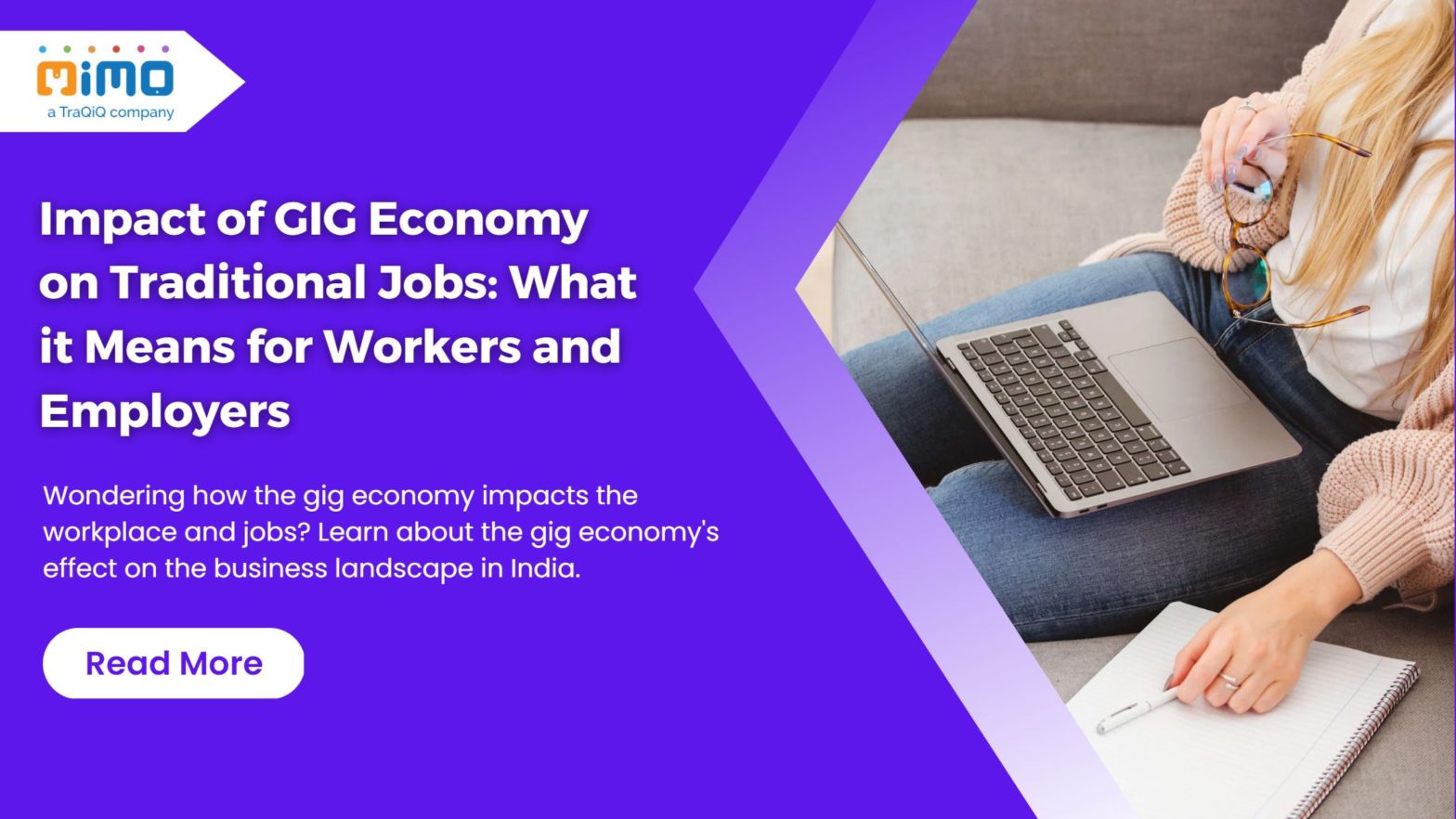Why Are Employee Background Checks in Delhi-NCR Essential for Safeguarding Your Business?
Safeguarding your business protects assets and intellectual property and ensures your workforce’s integrity. Employee background verification plays a pivotal role in maintaining a secure work environment.
This article delves into why background checks are crucial, the challenges faced during the verification process, what is included in a comprehensive background check, and the benefits of implementing such measures in Delhi-NCR.
Table of Contents
Why Employee Background Verification Matters
For any business, employee verification is a must. Here’s why you should consider this verification process in your workplace:
- Ensuring Employee Quality
It is paramount in fostering a thriving business. The careful selection of talent is the bedrock of a high-functioning workforce. Employee background checks play a pivotal role in this process by meticulously verifying the qualifications, experience, and skills detailed on a candidate’s resume.
This verification ensures that businesses attract individuals with the right credentials and the capabilities essential for their specific roles. In a competitive business landscape, having a team of qualified and skilled professionals can significantly contribute to the overall success and growth of the organization.
- Building Trust and Security
It is another critical aspect of employee background verification. Trust forms the core of any successful business relationship with employees or stakeholders. Conducting thorough background checks communicates a commitment to due diligence, transparency, and creating a safe working environment.
When employees and stakeholders are confident in the integrity of the hiring process, it fosters a positive and trusting organizational culture, which is essential for sustained success.
- Mitigating Risks and Preventing Fraud
It underscores the proactive nature of background checks. Employee fraud and misconduct can inflict severe damage on a business, ranging from financial losses to reputational harm. Background checks are preventive measures by identifying potential red flags in a candidate’s history.
This crucial step helps businesses mitigate the risk of unintentionally hiring individuals with a history of dishonesty or unethical behavior, safeguarding the company’s interests and reputation in the long run.
What are the Challenges in Employee Background Verification?
Here are the challenges you may face in Employee Background Verification, including:
- Incomplete or Forged Documentation
Applicants may submit incomplete or forged documents, making it challenging to verify their credentials accurately. A robust verification process is essential to identify discrepancies in documentation.
- Legal Compliance Variations Across Regions
Legal requirements for background checks can vary across regions. Navigating these differences requires a thorough understanding of local laws to ensure compliance while conducting comprehensive verifications.
- Delays in Verification Processes
Delays in the verification process can impact the timely onboarding of candidates. Efficient systems and communication channels are necessary to streamline the verification process without compromising accuracy.
- Verification of International Candidates
Hiring international candidates adds extra complexity to the background verification process. Different countries may have diverse verification requirements and legal nuances, necessitating a global perspective in the verification process.
- Data Privacy and Consent Issues
Adhering to data privacy regulations and obtaining consent from candidates for background checks are critical considerations. Failure to handle personal data responsibly can lead to legal repercussions.
What is Included in Employee Background Verification
A comprehensive background check typically includes the following components:
- Document/Identity Verification
Confirming the authenticity of identity documents such as passports, driver’s licenses, or national identification cards.
- Employment Verification
Validating a candidate’s work history, including positions held, dates of employment, and reasons for leaving previous jobs.
- Address Verification
Verifying the candidate’s current and previous addresses to ensure accurate background information.
- Criminal Record Check
Checking for any criminal history to identify potential risks associated with a candidate.
- Court Record Verification
Confirming the existence of any legal actions or court records involving the candidate.
- Education Verification
Verifying academic qualifications, degrees, and certifications claimed by the candidate.
- Social Media Check
Examining the candidate’s online presence to identify any red flags or inconsistencies.
- Global Watch List Check
Checking if the candidate appears on any global watchlists for illegal activities or associations.
- Economic Default Check
Assessing the candidate’s financial history to identify any defaults or financial red flags.
- Drug Check
Screening for drug use to maintain a safe working environment, especially in safety-sensitive roles.
- Credit Check
Evaluating the candidate’s credit history may be relevant for certain positions, particularly in finance or positions involving financial responsibility.
- Marksheet Verification
Confirming the authenticity of academic mark sheets and transcripts.
The Benefits of Employee Background Verification in Delhi-NCR
The Benefits of Employee Background Verification in Delhi-NCR
- Creating Safe Work Environments
A thorough background check contributes to a secure workplace by identifying potential risks and ensuring that employees with criminal behavior or dishonesty are not hired.
- Enhancing Productivity
Businesses can improve overall productivity and efficiency by hiring individuals with the right qualifications and experience. Employees with misrepresented credentials may struggle to meet job requirements, impacting the team’s performance.
- Fostering Trust and Building Efficiency
Building trust among employees is crucial for a positive work culture. When employees know that their organization prioritizes a transparent and fair hiring process, it fosters a sense of trust and loyalty, contributing to increased efficiency.
- Enhancing Reputation
A company’s reputation is closely tied to the quality of its workforce. Implementing stringent background checks helps build a positive reputation as a responsible and ethical employer, attracting top talent and potential clients.
- Customer Trust
Customers are increasingly concerned about the integrity of the companies they engage with. Demonstrating a commitment to thorough background checks builds customer confidence in the reliability and credibility of your business.
According to a survey, 40% of consumers are more likely to trust companies prioritizing employee background verification.
Safeguarding Your Workforce Using Employee Background Verification from MIMO
At MIMO, we understand that employee background verification transcends being a mere regulatory obligation; it is a strategic investment that underpins the long-term success and security of your business. Our commitment goes beyond routine checks; we aim to redefine the way you perceive and implement background verification.
As your trusted partner, we take pride in ensuring the quality of your workforce. With a meticulous approach, we verify qualifications, experience, and skills, ensuring that you bring in individuals with the right credentials and capabilities. Our expertise in navigating the complex landscape of Delhi-NCR allows us to tailor our solutions to meet the unique needs of your business, aligning with your goals for growth and efficiency.
Businesses prioritizing background checks experience tangible benefits, from increased productivity to enhanced reputation and customer trust. Hence, you should embrace a comprehensive background verification process is not just a best practice. It is a strategic imperative for businesses aiming to thrive in the dynamic and competitive business landscape of Delhi-NCR.
Like this article?
More To Explore

What Factors Should Organizations Consider Before Outsourcing Their Internal Audit Functions?
+91 1141182211 Outsourcing has become a strategic choice for many organizations looking to streamline operations, reduce costs, and enhance efficiency.

Outsourcing Internal Audit: Evaluating the Upsides and Downsides for Your Organization
+91 1141182211 In today’s dynamic business environment, companies face increasing pressure to enhance efficiency, manage risks effectively, and ensure compliance

A Background Verification Guide: Frequently Asked Questions and Their Answers
+91 1141182211 Background verification (BGV) is a crucial process used by employers to ensure they are hiring candidates with accurate































